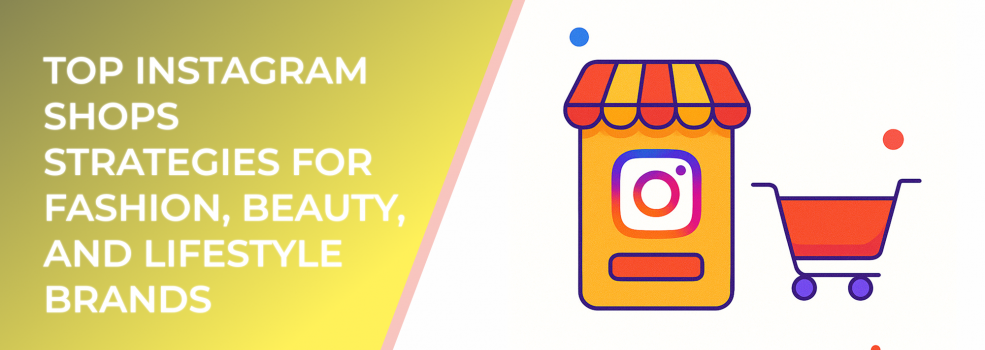Instagram has over 1.3 billion active users, and more than 130 million people tap on shopping posts every month. With built-in features like product tags and checkout, Instagram is no longer just about brand awareness—it’s about conversions.
For businesses, the challenge is to stand out in a crowded feed and guide users from curiosity to purchase.
Step 1: Set Up and Optimize Your Shop
Before converting browsers, make sure your shop is ready:
-
Use high-resolution product images that match Instagram’s aesthetic.
-
Write short but persuasive product descriptions.
-
Organize items into collections (e.g., “New Arrivals,” “Best Sellers,” “Seasonal Deals”) for easier navigation.
Meta reports that shops with optimized collections see a 20% higher click-through rate compared to unorganized catalogs.
Step 2: Use Product Tags in Posts and Stories
Product tags reduce friction by allowing users to shop directly from your content. Businesses that use tags in both Feed posts and Stories see up to 37% more sales than those who don’t.
Tips:
-
Tag products naturally within lifestyle photos.
-
Use Stories stickers like “Shop Now” to encourage clicks.
-
Feature tagged products in Reels to reach new audiences.
Step 3: Create Shoppable Reels
Reels are one of Instagram’s fastest-growing formats, with users spending 20% of their time on the app watching them. Shoppable Reels combine entertainment with direct shopping links, making it easier for viewers to act on impulse.
Step 4: Leverage Influencers and User-Generated Content
Shoppers trust peer recommendations more than ads. Adding influencer-created posts or customer photos into your Shop builds social proof and credibility. Studies show that campaigns using user-generated content drive 29% higher conversions compared to branded-only ads.
Step 5: Retarget Interested Browsers
Many users browse but don’t buy immediately. Retargeting ads on Instagram can bring them back. According to Meta, retargeting increases conversion rates by up to 70%.
Combine retargeting with personalized offers or discounts to push hesitant users toward purchase.
Step 6: Track and Optimize
Use Instagram Insights and Commerce Manager to monitor:
-
Which products get the most taps
-
Where drop-offs occur
-
Sales by post type (Feed, Stories, Reels)
Adjust your strategy based on performance data to continually improve conversions.
Related Reading from LeadEnforce
For more insights on boosting sales through social media, explore these articles:
Final Thoughts
Instagram Shops are powerful tools for driving conversions, but success comes from strategy. By optimizing your catalog, using product tags, leveraging Reels, and retargeting browsers, you can transform casual scrollers into loyal buyers. The key is creating a seamless shopping experience that feels natural within Instagram’s ecosystem.

